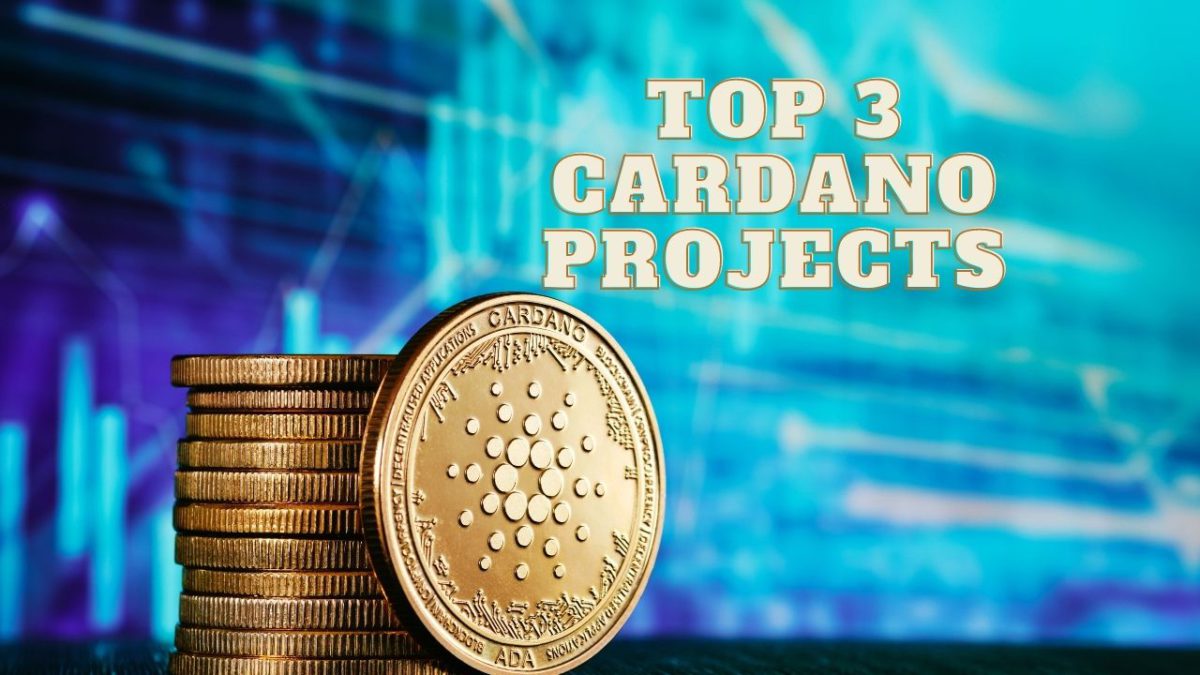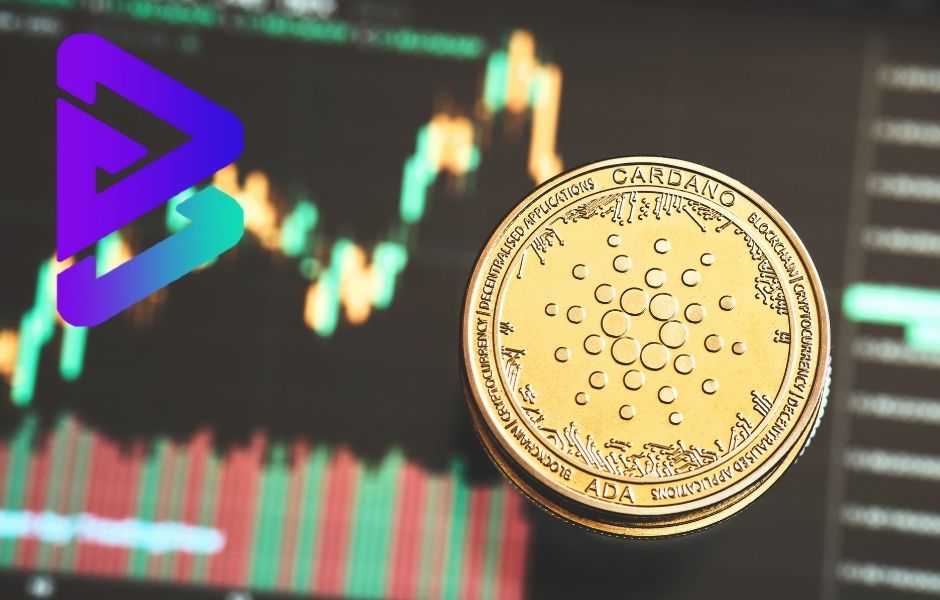DeFi Decentralized vs. Centralized Exchanges: Intriguing Pros and Cons for Investors In 2024
In the world of cryptocurrency, people can trade digital assets through two main types of exchanges: centralized exchanges (CEXs) and decentralized exchanges (DEXs). Each type has its own strengths and weaknesses, making it important for investors to understand the differences. This article will explore what each type of exchange offers, their security features, user experiences, regulatory issues, and the financial impacts on investors. By the end, you will have a clearer picture of which exchange might be best for your needs.
Key Takeaways
- Centralized exchanges are easier to use but may be less secure due to their centralized control.
- Decentralized exchanges give users more control over their funds but can be more complex to navigate.
- Regulations for centralized exchanges are stricter, which can provide a sense of security for users.
- Decentralized exchanges often have lower fees, but they may lack customer support when issues arise.
- Both types of exchanges have unique advantages that cater to different investor needs.
Understanding Centralized Exchanges
Definition and Key Features
A centralized exchange, often called a CEX, is a platform where users can buy, sell, and trade cryptocurrencies. These exchanges are regulated businesses that manage users’ funds through custodial wallets. This means the exchange is responsible for keeping your money safe. Some key features include:
- User-friendly interfaces for easy navigation.
- A wide variety of cryptocurrencies available for trading.
- Higher liquidity compared to decentralized exchanges, making it easier to buy and sell quickly.
Popular Centralized Exchanges
Some of the most well-known centralized exchanges are:
- Binance
- Coinbase
- Kraken
- Huobi
- FTX
These platforms are popular because they offer a range of services and support many cryptocurrencies.
How Centralized Exchanges Work
Centralized exchanges operate by matching buyers and sellers through an order book system. Users must create an account, verify their identity, and connect a funding source like a bank account. Once set up, they can start trading. The process generally involves:
- Creating an account and completing identity verification.
- Depositing funds into the exchange.
- Placing buy or sell orders based on market conditions.
Centralized exchanges play a crucial role in the cryptocurrency market by providing a secure and efficient way for users to trade digital assets.
In summary, centralized exchanges are essential for many investors, offering a blend of security and ease of use, but they also come with certain risks, such as potential vulnerabilities to hacking and regulatory scrutiny.
Exploring Decentralized Exchanges
Definition and Key Features
A decentralized exchange (DEX) is a platform that allows users to trade cryptocurrencies directly with one another. Unlike centralized exchanges, DEXs do not hold users’ funds, which means that users maintain control over their assets. Key features include:
- Peer-to-Peer Trading: Users trade directly without intermediaries.
- No KYC Requirements: Users can trade anonymously, which is appealing to many.
- Smart Contracts: These are self-executing contracts that facilitate trades automatically.
Popular Decentralized Exchanges
Some well-known decentralized exchanges include:
- Uniswap: A leader in the DEX space, known for its automated market-making.
- PancakeSwap: Popular on the Binance Smart Chain, offering low fees.
- dYdX: Focuses on derivatives and margin trading.
How Decentralized Exchanges Work
Decentralized exchanges operate on blockchain technology, allowing users to trade without a central authority. Here’s how they function:
- User Control: Users keep their private keys, ensuring they have full control over their funds.
- Liquidity Pools: Users provide liquidity by depositing tokens into pools, earning fees in return.
- Automated Market Makers (AMMs): Prices are determined by algorithms based on supply and demand.
Decentralized exchanges offer greater control and privacy, but their current limitations in speed and user experience hinder widespread adoption. Experts emphasize the importance of transparency and user education to build trust in these platforms.
In summary, while DEXs provide unique advantages, they also come with challenges that users should consider before trading. Understanding these aspects can help investors make informed decisions about their trading strategies.
Security Aspects of Centralized vs. Decentralized Exchanges
Vulnerabilities of Centralized Exchanges
Centralized exchanges (CEXs) are often seen as convenient but come with significant risks. The exchange controls your funds, which means if it gets hacked, your assets could be lost. Here are some key points:
- CEXs store most user funds in a few high-value wallets, making them prime targets for hackers.
- Users must rely on the exchange’s security measures, which can vary widely.
- Even with strong security, breaches can and do happen, leading to substantial losses.
Security in Decentralized Exchanges
Decentralized exchanges (DEXs) offer a different approach. Users maintain control of their funds, which can enhance security. However, there are still risks:
- Users are responsible for their own private keys, meaning if they lose them, they lose access to their funds.
- Some DEXs may have untested code, which can lead to vulnerabilities.
- Smart contract bugs can also expose users to risks, making it essential to choose well-audited platforms.
Comparative Analysis of Security
When comparing CEXs and DEXs, consider the following:
| Feature | Centralized Exchanges (CEXs) | Decentralized Exchanges (DEXs) |
|---|---|---|
| Control of Funds | Exchange holds funds | User holds funds |
| Security Responsibility | Exchange’s responsibility | User’s responsibility |
| Risk of Hacks | High | Lower, but still present |
| User Experience | Generally user-friendly | Can be complex |
In the world of cryptocurrency, understanding the security aspects of both centralized and decentralized exchanges is crucial for making informed investment decisions.
Overall, while CEXs offer ease of use, DEXs provide more control. However, both types have their own security challenges that investors must navigate carefully.
Highlight: centralized crypto exchanges are famous for their user-friendly interfaces and robust security measures. They often require users to comply with KYC and AML regulations, which adds another layer of complexity to the security landscape.
User Experience and Accessibility
Ease of Use in Centralized Exchanges
Centralized exchanges are generally more user-friendly. They offer intuitive interfaces that make it easy for beginners to navigate. Users can quickly buy, sell, and trade cryptocurrencies without much hassle. Here are some key points:
- Quick transactions: Centralized exchanges often process trades faster.
- Customer support: Many provide assistance for users who encounter issues.
- Variety of tokens: They support a wide range of cryptocurrencies.
Complexities of Decentralized Exchanges
On the other hand, decentralized exchanges can be more challenging to use. The processes may not be as straightforward, and users might face some hurdles:
- Longer transaction times: Depending on the blockchain, trades can take longer to complete.
- Limited token support: Users may find it hard to swap tokens that are not native to the exchange’s blockchain.
- Self-reliance: Users often need to solve issues on their own without customer support.
Customer Support and Assistance
Customer support is a significant difference between the two types of exchanges. Centralized exchanges usually have dedicated teams to help users, while decentralized exchanges often lack this feature. This can lead to frustration for users who need help.
In summary, centralized exchanges offer a smoother experience for most users, while decentralized exchanges may require more technical knowledge and patience.
| Feature | Centralized Exchanges | Decentralized Exchanges |
|---|---|---|
| User Interface | Intuitive | Complex |
| Transaction Speed | Fast | Variable |
| Customer Support | Available | Limited |
| Token Variety | Wide | Limited to blockchain |
| Security Risks | Higher | Lower |
Overall, the choice between centralized and decentralized exchanges depends on the user’s experience level and comfort with technology. Investors should weigh the pros and cons of each type before making a decision.
Regulatory and Compliance Issues
Regulatory Requirements for Centralized Exchanges
Centralized exchanges (CEXs) must follow strict rules set by governments. These rules include:
- Anti-Money Laundering (AML) laws to prevent illegal money transfers.
- Know Your Customer (KYC) regulations to verify user identities.
- Regular audits to ensure compliance with financial standards.
These requirements can be burdensome but are essential for maintaining trust in the financial system.
Lack of Regulation in Decentralized Exchanges
Decentralized exchanges (DEXs) operate differently. They often lack the same level of regulation, which can lead to:
- Increased risk of illegal activities, such as money laundering.
- Difficulty for regulated companies to engage with them.
- A lack of customer support, making it hard for users to get help.
This absence of regulation can make DEXs appealing for privacy but risky for investors.
Impact on Users and Investors
The regulatory landscape affects how users interact with both types of exchanges. Key points include:
- User Trust: CEXs may be seen as safer due to regulations.
- Investment Choices: DEXs offer more freedom but come with higher risks.
- Market Growth: Clear regulations can help the market grow, while confusing rules can slow it down.
The future of cryptocurrency exchanges will depend on how well they adapt to changing regulations and user needs.
In summary, understanding the regulatory environment is crucial for investors looking to navigate the world of cryptocurrency exchanges. As the market evolves, so will the rules that govern it, impacting both centralized and decentralized platforms.
Financial Implications for Investors
Transaction Fees and Costs
When investing in cryptocurrency, understanding the costs involved is crucial. Here are some key points to consider:
- Centralized exchanges often charge higher fees for transactions and withdrawals.
- Decentralized exchanges may have lower fees, but users might face costs related to network transactions.
- Always check the fee structure before trading to avoid unexpected expenses.
Liquidity and Market Depth
Liquidity refers to how easily an asset can be bought or sold without affecting its price. Here’s how it varies:
- Centralized exchanges usually have higher liquidity, making it easier to execute large trades.
- Decentralized exchanges may have lower liquidity, which can lead to slippage in prices.
- Investors should assess liquidity to ensure they can enter or exit positions smoothly.
Investment Opportunities
Investors should be aware of the different opportunities available:
- Centralized exchanges often list a wider variety of cryptocurrencies, including popular ones.
- Decentralized exchanges may offer unique tokens and projects that are not available elsewhere.
- Diversifying across both types of exchanges can enhance investment potential.
Investing in cryptocurrency can be rewarding, but it also carries risks. Understanding the financial implications is essential for making informed decisions.
In summary, the choice between centralized and decentralized exchanges can significantly impact an investor’s experience. Liquidity, fees, and available opportunities are all factors that should be carefully evaluated before making any investment decisions. As the market evolves, staying informed will help investors navigate the complexities of cryptocurrency trading effectively.
Highlight
The recent approval of Ethereum ETFs could potentially unlock significant capital for DeFi projects, enhancing liquidity and boosting investor confidence.
Future Trends in Cryptocurrency Exchanges
Technological Advancements
The future of cryptocurrency exchanges is bright, with new technologies set to change how we trade. These advancements will likely improve user experience, making it easier and faster to buy and sell cryptocurrencies. For instance, we might see:
- Enhanced security features
- Faster transaction speeds
- More user-friendly interfaces
Predicted Market Shifts
As cryptocurrencies gain popularity, we can expect significant changes in the market. Investors are becoming more interested in decentralized finance (DeFi) platforms, which could lead to:
- Increased trading volume on decentralized exchanges (DEXs)
- More regulatory scrutiny on centralized exchanges (CEXs)
- A shift towards hybrid models that combine features of both CEXs and DEXs
Role of Decentralized Finance (DeFi)
Decentralized finance is likely to play a crucial role in the future of exchanges. With the rise of DeFi, users can trade without relying on a central authority. This shift could lead to:
- Greater control over personal funds
- Reduced fees for transactions
- Increased privacy for users
The future trends of digital currencies will shape how we interact with money and investments. Understanding these changes is essential for investors looking to navigate the evolving landscape.
In summary, the future of cryptocurrency exchanges is set to be influenced by technological advancements, market shifts, and the growing role of DeFi. Investors should stay informed to make the best choices in this dynamic environment.
Conclusion
In summary, both centralized exchanges (CEXs) and decentralized exchanges (DEXs) have their own strengths and weaknesses for investors. CEXs are often easier to use and provide a more straightforward experience, making them a good choice for beginners. They handle a lot of the technical details, but this also means they control your funds, which can be risky. On the other hand, DEXs give you more control over your money and privacy, but they can be harder to navigate and may have fewer options for trading. As technology improves and more people start using cryptocurrencies, the competition between these two types of exchanges will likely grow. Each investor should weigh the benefits and drawbacks of both to find what works best for their needs.
Frequently Asked Questions
What are the main differences between centralized and decentralized exchanges?
Centralized exchanges (CEXs) manage users’ funds and private keys, acting as a middleman. In contrast, decentralized exchanges (DEXs) let users keep control of their own funds and private keys.
Which exchange type is safer?
CEXs can be targeted by hackers because they hold many funds in one place, even if they have strong security. DEXs are less likely to be hacked on a large scale, but they can have issues with smart contracts or user mistakes.
Are there risks with centralized exchanges?
Yes, risks include potential hacks, security problems, and losing funds since the exchange controls them.
How does the user experience differ between the two types of exchanges?
CEXs are usually easier to use, have lower fees, and faster transactions. DEXs give users more control but can be slower and more complicated.
What are the regulatory issues with these exchanges?
CEXs must follow strict rules to prevent illegal activities, while DEXs often lack such regulations, making them more vulnerable to misuse.
What does the future hold for cryptocurrency exchanges?
As technology improves and more people use cryptocurrencies, both CEXs and DEXs will continue to evolve, impacting how we trade and invest.
Stay informed with daily updates from Blockchain Magazine on Google News. Click here to follow us and mark as favorite: [Blockchain Magazine on Google News].
Get Blockchain Insights In Inbox
Stay ahead of the curve with expert analysis and market updates.
latest from tech
Disclaimer: Any post shared by a third-party agency are sponsored and Blockchain Magazine has no views on any such posts. The views and opinions expressed in this post are those of the clients and do not necessarily reflect the official policy or position of Blockchain Magazine. The information provided in this post is for informational purposes only and should not be considered as financial, investment, or professional advice. Blockchain Magazine does not endorse or promote any specific products, services, or companies mentioned in this posts. Readers are encouraged to conduct their own research and consult with a qualified professional before making any financial decisions. The featured image used is just a creative depiction of the title and it does not intend to hurt sentiments of any person or institution. If it hurts anyone sentiments, please do not hesitate to reach out to Blockchain Magazine.

 Bitcoin
Bitcoin  Ethereum
Ethereum  XRP
XRP  Tether
Tether  Solana
Solana  Dogecoin
Dogecoin  USDC
USDC  Cardano
Cardano  Lido Staked Ether
Lido Staked Ether  TRON
TRON  Chainlink
Chainlink  Avalanche
Avalanche  Wrapped stETH
Wrapped stETH  Stellar
Stellar  Wrapped Bitcoin
Wrapped Bitcoin  Sui
Sui  Hedera
Hedera  Toncoin
Toncoin  Shiba Inu
Shiba Inu  WETH
WETH  Polkadot
Polkadot  Parkcoin
Parkcoin  LEO Token
LEO Token  Bitget Token
Bitget Token  Litecoin
Litecoin  Bitcoin Cash
Bitcoin Cash  Uniswap
Uniswap  Hyperliquid
Hyperliquid  Official Trump
Official Trump  Wrapped eETH
Wrapped eETH  Pepe
Pepe  USDS
USDS  NEAR Protocol
NEAR Protocol  Ethena USDe
Ethena USDe  Aave
Aave  Aptos
Aptos  Internet Computer
Internet Computer  Ondo
Ondo  Ethereum Classic
Ethereum Classic  Monero
Monero  POL (ex-MATIC)
POL (ex-MATIC)  OKB
OKB  Cronos
Cronos  Dai
Dai  Mantle
Mantle  Algorand
Algorand  Render
Render  MANTRA
MANTRA 




